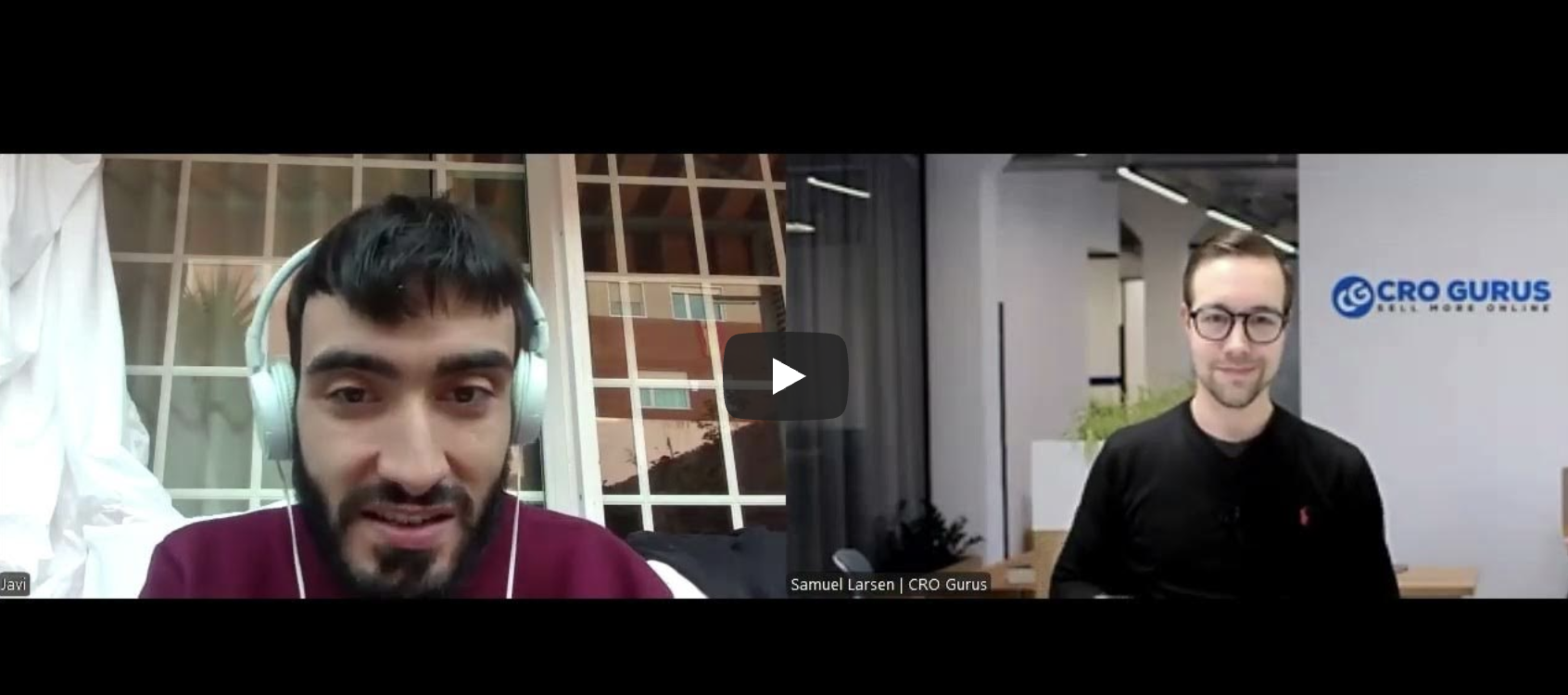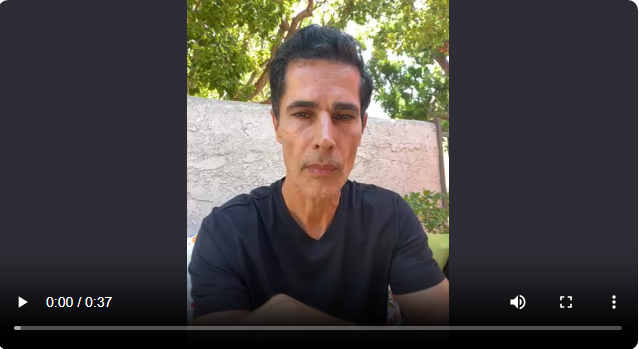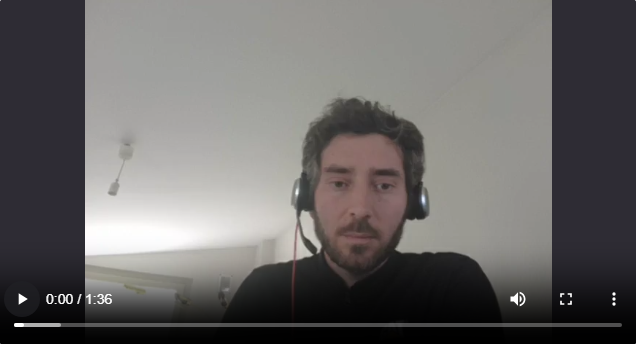Growing a personalized portrait store by 402% with store optimization
A few months ago, we started working with a print-on-demand store creating custom personalized art pieces for people based on photos. The clients recently started a Shopify store which showed some initial promise, but they were unable to scale it due to low conversion rate and average order value. This business had already found success on Etsy (the business model was validated) but wasn’t successful on Shopify, where they had to acquire & convert their own traffic.
Our initial goal was to take extreme measures and improve store metrics as quickly as possible to prove the concept to the founding team. We decided to focus on the product page as it got most of the advertising traffic and improve the page in two steps:
- Initial low-hanging fruit opportunities based on competitor research and page analysis.
- Additional improvements based on deeper customer analysis and page behavior data.
Illustration of competitors' analysis

After publishing the new theme with an improved product page, we were able to immediately see improvements.
After the first week of publishing, we saw an outstanding
- 80% lift in conversion rate (from 0.8% to 1.4%)
- 6% lift in average order value (from $75 to $80).
- Resulting in a 186% lift in revenue per visitor (from $0.38 to $1.09)
The previous performance before launching the new theme

The new performance of the theme.

Although this was an impressive feat, it still wasn’t enough for the client to start scaling ads. This is when we started working on a second product page version. This process involved customer monitoring with a heat mapping tool and an in-depth analysis, leading to additional improvements.
Illustration of our wireframing process

After publishing the new 2.0 version of the storefront, we weren’t able to see significant improvements. We saw a slight AOV increase thanks to implementing upsells. This caused the RPV to go from $0.8 to $1 (a 25% improvement). After our investigation, we concluded that although we were significantly able to improve the store metrics, it wasn’t enough to overcome the time of the year in a highly seasonal gifting business. We were confident in this conclusion as the client saw a similar pattern at the same time last year. At this point, we decided to stop improvements as we already implemented 80% of the improvements while being confident that there would be a noticeable difference when Q4 came (the ideal season for gifting).
Learn how you can also increase your store's eCommerce conversion rate today
Learn how you can also increase your store's eCommerce conversion rate today

Witnessing the behavioral & data changes between version 1 and the original, we were able to notice and iterate on further issues to tackle in our final version.
The final version is a result of :
- Removed friction points
- Improved key elements like social proof, urgency, and trust
- Added missing elements and sections
Due to the seasonal nature of the business, we didn’t get to A/B test version 2, but right after launch, this version showed significant improvements leading us & the client to conclude that there was no point in A/B testing this versus the previous version.
The first month of the peak season compared to the previous month:
- 357% lift in Conversion rate
- 11.11% lift in Average order value
- 402% lift in revenue per visitor (RPV)

Note that the previous month already had the new, improved version, but it still performed poorly. This is a testament to how important marketing strategy, positioning, and time of the year can be for certain products and stores to be profitable.
Although we didn’t see the desired improvement in the slow season, we are happy to see that the new product page was successful in the gifting season and performed significantly better than last year.
There are more optimizations to be done, and we plan to run A/B tests again during the next peak season. However, due to the limited ability to test, we relied and continue to rely heavily on implementing smaller improvements where we have confidence in and testing the significant changes when we can.
.png)
.png)

.png)

%20(1).png)

.png)




















